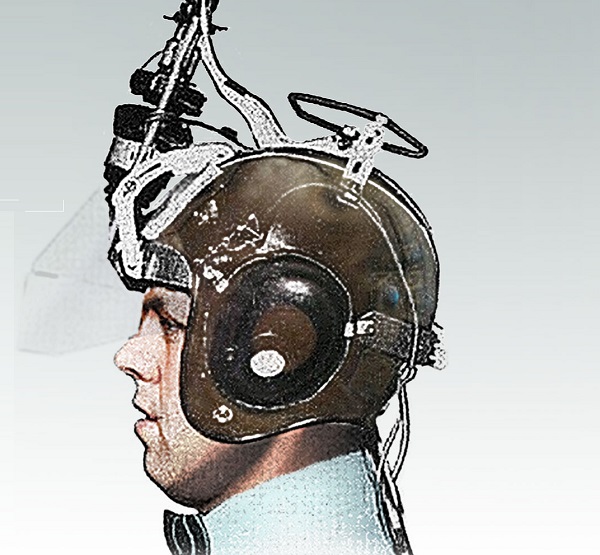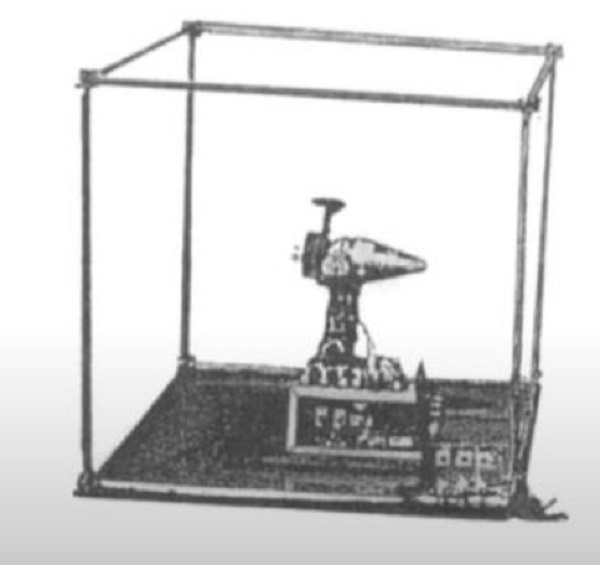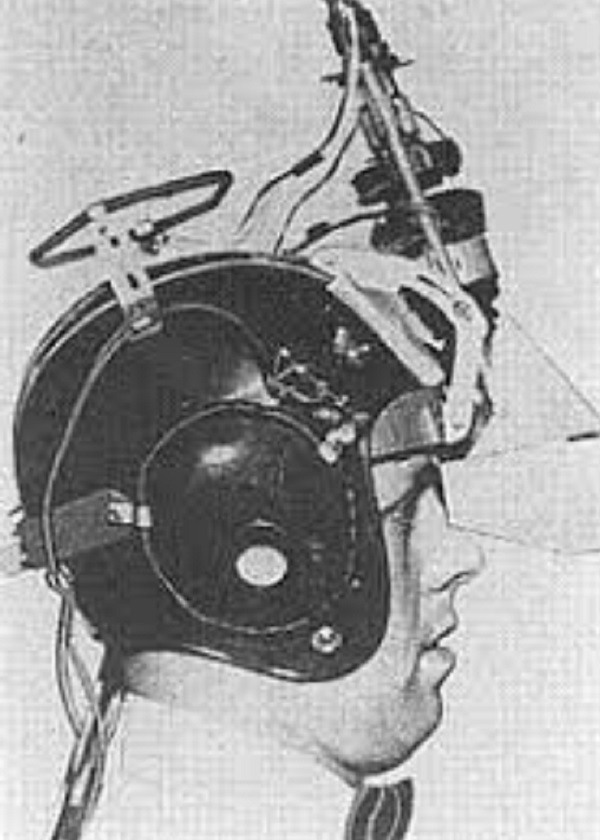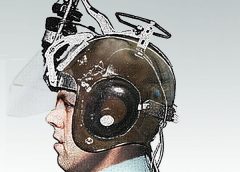
HMD Origins: Kalawsky contends that the first HMD fieldwork was conducted by Philco in 1961. Their system used a head mounted display to monitor conditions in another room, using magnetic tracking to monitor the user’s head movements. The Philco HMD displayed actual video from a remotely mounted camera. The position of the camera was moved according to the tracked head movements, creating a sense of telepresence.
Philco Headsight Specs…
Name: Philco Headsight (Philco HMD)
Maker: Philco Corporation
Released: November 1961
Type: PC Powered
Display: Single CRT Panel
Field of View(FOV): 40°
Refresh Rate: 10 Hz
Launch Price: Never Sold To Public
Weight: Unknown

Features: Philco Corporation designed a helmet that used head movements to gain access into artificial environments enhanced with a tracking system. The invention was called Headsight and was the first actual HMD invention.
The main objective was to be used with a remote controlled closed circuit video system for remotely viewing dangerous situations. In fact, their system used a head mounted display to monitor conditions in another room, using magnetic tracking to monitor the user’s head movements. The HMD was used for remotely viewing dangerous situations. These devices were later used by the military for training operations.

A few of their innovations were very futuristic. From 1939 to 1941, they sold radios that were remotely operated by wireless controls, the one-tube “Mystery Control”, used on their 13-tube model 116RX-SU (or 39-116). This feature was not offered by any other maker until the 1970s stereo receivers. Philco ranked 57th among United States corporations in the value of World War II military production contracts.
Another interesting product was the Philco “Beam of Light” 78 RPM record players offered in 1941 and 1942. These units had a tiny mirror attached to the player’s needle. A beam of light was focused on the mirror which caused a vibrating light to hit a photoelectric cell and produce the audio signal. While this system had some advantages over the standard crystal phono cartridge of the time, it was unreliable and is today a very difficult unit to restore. On December 11, 1961, Ford Motor Company purchased Philco and continued to offer consumer products, computer systems and defense related projects.

8 thoughts on “Philco Headsight (1961)”